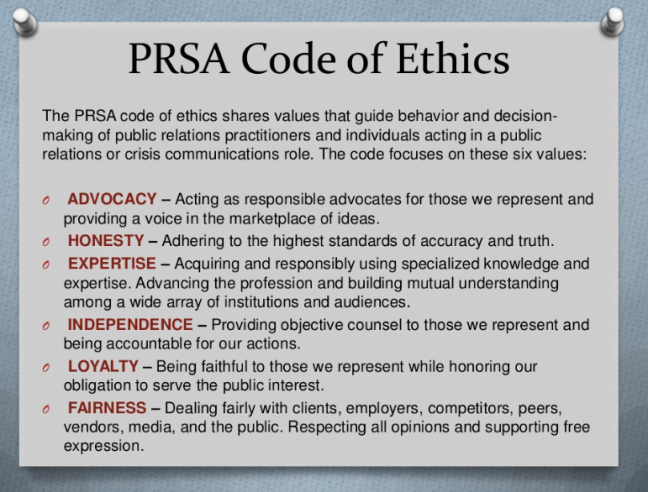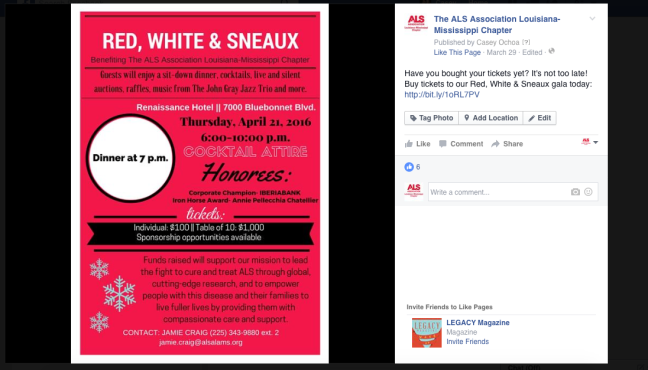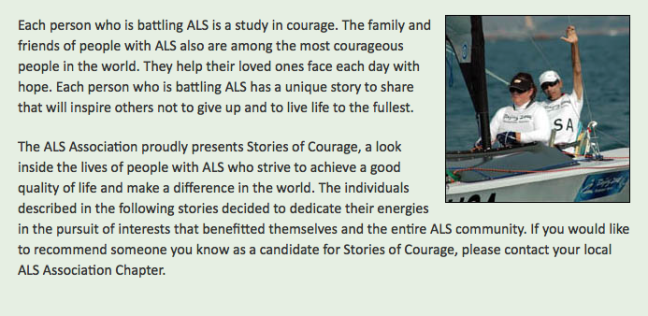As seniors in the Manship School of Mass Communication at Louisiana State University, Spark PR was given a unique service learning opportunity, which provided each member of our team an experience to remember. As a team, we have worked hard to provide The ALS Association Louisiana-Mississippi Chapter with the best campaign possible to strengthen the association between The ALS Association Louisiana-Mississippi Chapter, its programs and services while attracting future supporters to ensure the organization’s continued success.
The ALS Association Louisiana-Mississippi Chapter is a nonprofit organization that is dedicated to finding a cure for the ALS disease. This organization provides discounted or free programs and services to those with ALS. In the Louisiana and Mississippi areas, a Respite Care Program is available as well as home visits to assess patient needs. ALS, which is often referred to as Lou Gehrig’s disease, is a terrible and 100 percent fatal disease that not only affect those diagnosed, but also their friends, families and caretakers.
In 2014, The ALS Ice Bucket Challenge became a worldwide campaign to raise money and awareness for The ALS Association. This viral campaign raised more than $15 million but once the Ice Bucket Challenge ended, many people assumed that enough money had been raised to help those with ALS. The funds raised were a huge step forward for this organization and The ALS Association was able to move one step closer to their goal: “To create a world without ALS”.
Our goal was to help promote the organization’s Red, White and Snow Gala, as well as other events, raise public awareness and assist with fundraising. Spark PR worked hard to increase awareness in Louisiana and Mississippi through social media, print media and television. We created a “Fast Facts” infographic, which provides the public with quick facts about Lou Gehrig’s disease, The ALS Association and how to get involved.
Spark PR assisted The ALS Association Louisiana-Mississippi Chapter in hosting an event at The Renaissance Hotel in Baton Rouge, Louisiana. We promoted the Red, White and Sneaux Gala through print, social and digital media. The event featured both live and silent auctions, a sit-down dinner, awards ceremony, live music and much more. The 2016 Red, White and Sneaux Gala raised more than $109,000, which is more than ever before. Spark PR is proud to have been part of such a successful event for a great organization.
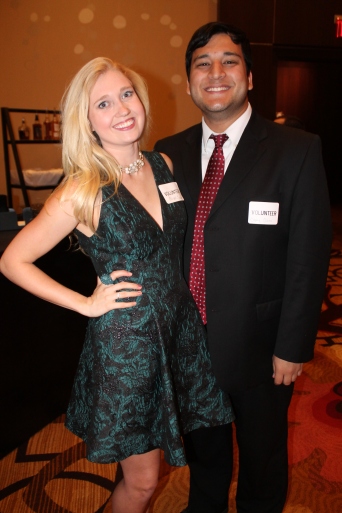
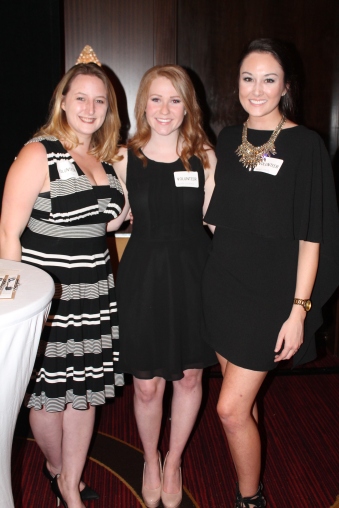
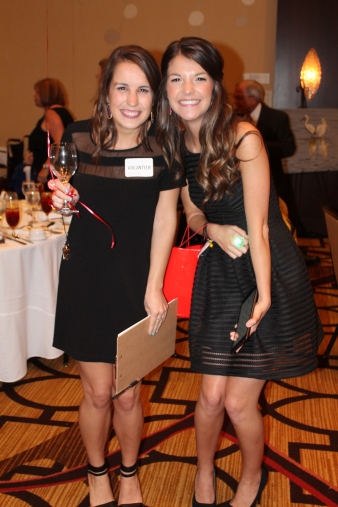
Although it is not over, Spark PR has learned so many new things while working with The ALS Association Louisiana-Mississippi Chapter. This experience was an eye-opener for the members of our team and we have certainly learned the importance of giving back to the community. This class taught us more than how to be successful in public relations; it also taught each one of us that working hard to help others really does make a difference. Spark PR began as a public relations school project but as we wrap up the semester, we realize that this experience will stay with us long after we graduate from LSU.

To find out more about The ALS Association Louisiana-Mississippi Chapter:

Lauren Scioneaux, Spark PR Design Director
Sources:
Here’s How the ALS Ice Bucket Challenge Started. (August 2014). Retrieved April 27, 2016 from http://time.com/3136507/als-ice-bucket-challenge-started/
Patient & Family Services. (n.d.). Retrieved April 27, 2016 from http://webla.alsa.org/site/PageServer?pagename=LA_8_patient_family_services



